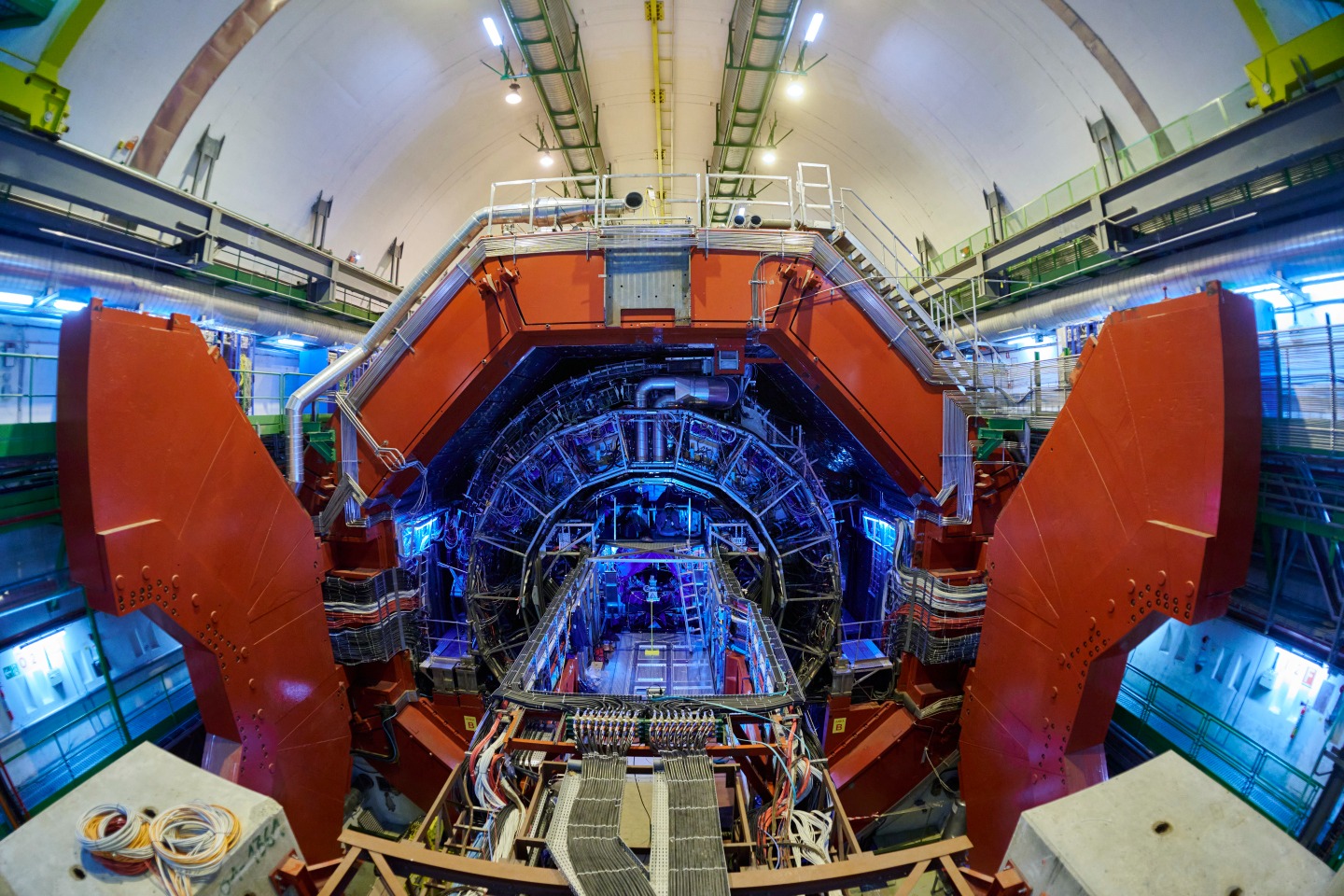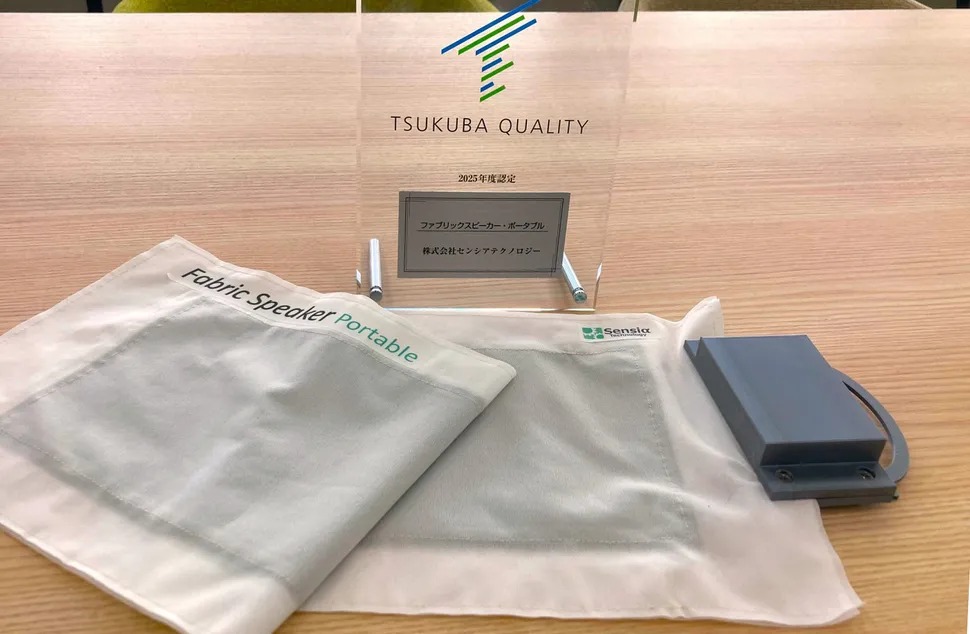Medieval alchemists would be reaching for their smartphones right now. CERN scientists have successfully pulled off the ultimate transmutation trick—turning humble lead into gold using the Large Hadron Collider. But don’t expect a gold rush in Switzerland anytime soon.
Something remarkable happens when lead nuclei almost-but-not-quite collide at speeds approaching light’s universal speed limit. Like two DJs perfectly executing a cross-fade between tracks, these near-miss encounters generate intense electromagnetic fields that knock precisely three protons out of lead atoms, transforming them into gold. The atomic math checks out perfectly: lead’s 82 protons minus 3 equals gold’s 79. This kind of boundary-pushing science mirrors the breakthrough where scientists created genuine leather using T. Rex DNA—blending the ancient with the futuristic in ways once thought impossible.
Catching Gold in the Act
“It is impressive to see that our detectors can handle head-on collisions producing thousands of particles, while also being sensitive to collisions where only a few particles are produced at a time,” explains Marco Van Leeuwen, ALICE spokesperson. Translation for non-particle physicists: their equipment catches these golden transformations even though they’re more fleeting than the latest TikTok dance trend.
The process happens at 99.999993% light speed—faster than you can close all those browser tabs when someone walks behind your desk. At this velocity, the electromagnetic fields flatten like pancakes, creating photon pulses that trigger what scientists call “electromagnetic dissociation.” You know how relationships sometimes need space? Atoms at these speeds essentially experience the ultimate breakup.
Microscopic Treasure Hunt
“Thanks to the unique capabilities of the ALICE ZDCs, the present analysis is the first to systematically detect and analyse the signature of gold production at the LHC experimentally,” says Uliana Dmitrieva of the ALICE collaboration. Her team measured gold production at around 89,000 nuclei per second—numbers that sound impressive until you do the math.
Since 2015, all CERN experiments combined have created approximately 86 billion gold nuclei. Sounds like a lot? That translates to just 29 picograms—or 0.000000000029 grams. The new iPhone weighs about 206 grams, so you’d need to run the collider for an extraordinarily long time to create enough gold for even a single smartphone component.
Beyond Medieval Dreams
This research isn’t just about proving ancient alchemists weren’t completely delusional. Like optimizing your gaming setup to prevent crashes during an intense battle, scientists use this data to fine-tune their particle-smashing machines.
The medieval gold-seekers might be disappointed by the microscopic yield, but they’d surely appreciate the validation. Their wildest dream—changing one element into another—happens routinely beneath the Swiss-French countryside in CERN’s 27-kilometer subatomic racetrack.
Next time someone claims science lacks magic, remind them we transformed lead into gold, just without the treasure chest at the end. Even Doctor Strange can’t compete with particle physics. The real gold rush isn’t in the mines—it’s in decoding the universe’s source code.





























